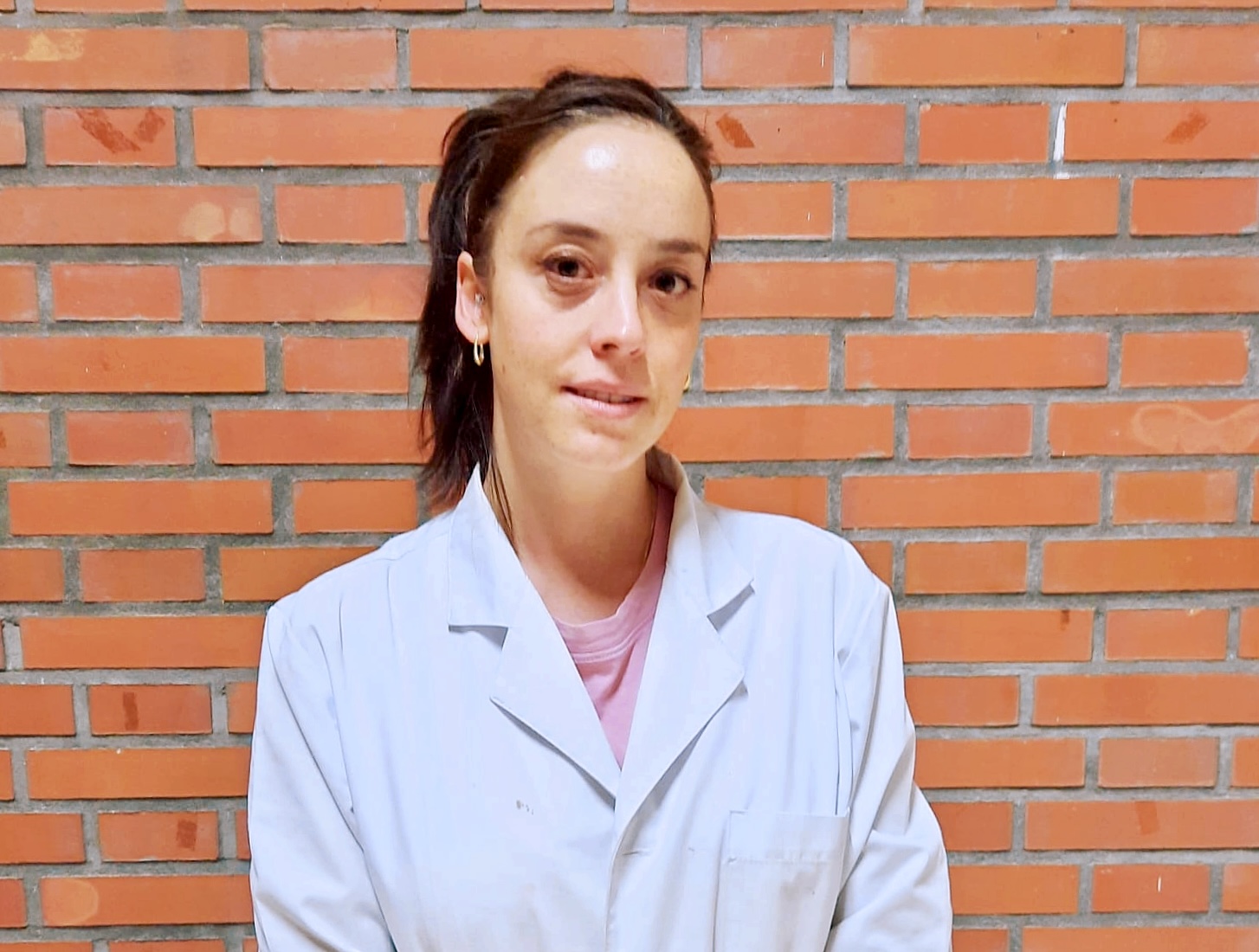Materials Science –Nanomaterials – Metallurgical Engineering

Celia García Hernández
celia.garcia.hernandez@uva.es
ORCID ID: 0000-0002-6885-6951
WoS ID: H-6877-2015
SCOPUS ID: 56509611800
My research career
Celia García Hernández presented her PhD thesis in 2019 with the title “Electronic tongue technology applied to the analysis of grapes and wines”. For carrying it out, she was granted with a FPI pre-doctoral contract supported by Junta de Castilla y León and Fondo Social Europeo (FSE) in 2015. Her work was supervised by Prof. PhD. María Luz Rodríguez Méndez, from the Inorganic Chemistry and Physical Chemistry Department at the Engineers School, and Prof. PhD. Ana Cristina García Cabezón, from the Materials Science and Metallurgical Engineering Department at the Engineers School, both from the University of Valladolid (Spain). She also carried out a research stay of 4 months at the Missouri State University (Springfield, EE.UU.) under the supervision of Prof. PhD. Adam Wanekaya which allowed her to obtain the international Ph.D. mention.
Afterwards, she obtained a position as Assistant Professor at the University of Valladolid.
Fields of expertise
- Fabrication of electrochemical sensors and biosensors inspired in nanomaterials
- (Bio)electronic tongues applied in food analysis
- Thin films and nanotechnology: Langmuir, Layer-by-Layer, Spincoating
- Electrodeposition of coatings
- Corrosion and mechanical properties of materials of industrial interest.
My activity
Celia’s research consists of studying the use of sensors and biosensors implemented as electrode arrays in electronic and bioelectronic languages to analyze quality characteristics of wines and grapes of interest in the agri-food industry such as sugar and/or polyphenol content. Different and novel electrocatalytic materials have been used and combined to construct the arrays of sensors and biosensors. Her research work includes the manufacture and characterization of classical sensors based on CPE, spin-coating or casting, but also the preparation of nanostructured thin films using Layer by Layer or Langmuir-Blodgett techniques. In addition, for the construction of the sensors, she has used sensing electrocatalytic materials, such as phthalocyanines and bisphthalocyanines, in both nanostructured and non-nanostructured sensors. She has also worked with other interesting materials in the manufacture of sensors, such as conducting polymers or metal nanoparticles. Celia García Hernández has also done a great deal of work in the field of drug delivery devices using the LbL technique to prepare a nanostructured carrier system based on AuNPs, where the enzyme lysozyme has been immobilized using stronger interactions.
Currently, Celia García Hernández is working in research focused on materials science and teaching Materials Science and Metallurgical Engineering at the University of Valladolid.
Te Ayudamos
¿Qué investigación o innovación necesitas?
Contacto
Sensores, lenguas y narices electrónicas y sus aplicaciones
Calle Dr. Mergelina
47011 Valladolid (España)







